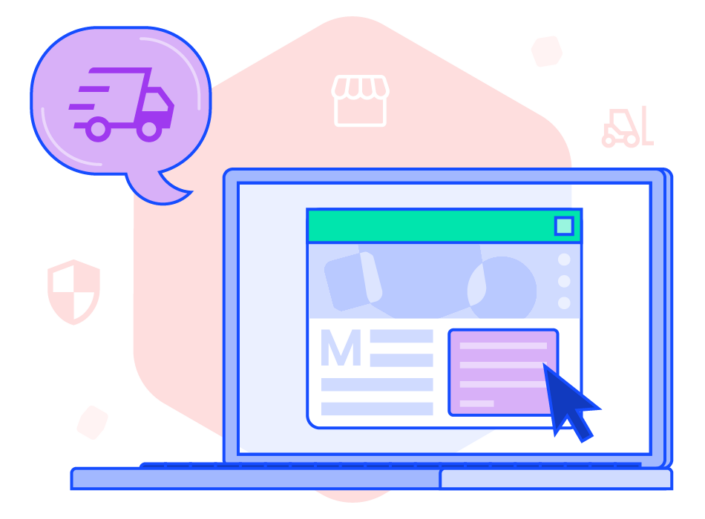With operational costs soaring, businesses have to double down on cost-saving measures. It’s not as simple as it sounds, though—you don’t want to sacrifice customer experience.
According to Tom Butt, chief customer success officer at Elevate and Summit Advisory Team, organizations have three major costs to consider when it comes to order fulfillment:
- Supplies. You’ll need to take into account all the packaging materials you use.
- Labor. This includes the wages (and benefits) of your warehouse workers, store employees, and customer support team.
- Shipping. In addition to normal carrier fees—which make up a significant portion of your total fulfillment cost—you should factor in the cost of reverse logistics.
These three components make up the cost to serve, which Tom describes as “the cost to fulfill a particular order, excluding any of the hard assets that you might be depreciating or paying off.” Cost to serve is focused on operational costs that can be controlled.
According to Tom, costs have been increasing recently. Buy why? And how can businesses adapt and stay competitive? Read on to find out.
Why are costs increasing?
It’s no secret: times are tough. You’ve probably seen the signs in your own business. Tighter labor markets, expensive real estate, and higher carrier fees all play a part in rising shipping and logistics costs.
- Tighter labor markets. As the labor market has tightened, it’s become more difficult to find and retain qualified workers. To compensate, businesses at every stage of the supply chain have increased wages, causing a ripple effect of higher costs.
- Expensive warehouse space. With warehouse space at a premium, prices are going up. Whether you operate your own warehouses or use a 3PL, you’ll be paying more to store your inventory.
- Higher carrier fees. During the Covid-19 pandemic, many carriers raised prices as demand soared. Although the current shipper’s market has offset these higher costs to an extent, some businesses may still be feeling the sting.
Strategies for decreasing shipping costs
Your business can decrease cost to serve by providing alternative fulfillment options, reducing packages per order, and negotiating with carriers.
Provide alternative fulfillment options (omnichannel)
While not every company has both a brick-and-mortar store and an ecommerce site, the ones that do should be using both channels to their full potential. One easy way to save on shipping costs is to offer alternative fulfillment methods through an omnichannel approach.
Tom says, “Across different fulfillment channels, there are different costs. Typically your cheapest option is going to be your customer walking into your store and doing the fulfillment for you. I would say the next cheapest fulfillment option is that buy online, pick up in-store option.”
Many customers appreciate the convenience of ordering something online and picking it up from the store—and since it helps cut your fulfillment costs, it’s a win-win scenario.
Ship multiple products in one package
Imagine that a customer orders a $10 product online. Once you’ve paid to send it to them (including materials, labor, and shipping costs), your business hasn’t made much money on the order. Now imagine that a customer buys four or five products, for a total of $70. If you can fit all of those items into one box and ship them together, the cost of shipping makes much less of an impact on your business.
Tom advises businesses to “shape your customers’ demand [by offering] incentives to buy more.” How can you encourage consumers to order more products at once? Try these strategies:
- Offer a free shipping threshold. Give your customers free shipping … but only when they spend a certain amount of money. For example, you might offer free shipping on orders over $50.
- Cross-sell. When you cross-sell, you give customers suggestions for related products they might be interested in. For example, if someone adds a pair of running shoes to their cart, your website might suggest that they add high-quality socks or a lightweight water bottle.
Make sure your fulfillment operations are set up in a way that makes it easy to ship multiple products in a single package. According to Tom, “[Some companies are] splitting a lot of packages. They’re sending one thing from the store, they’re sending one item from one distribution center, another item from another distribution center. If you’re not looking at managing those costs, you could be losing money on that order.”
Get better shipping rates
Shipping is one of the most significant supply chain costs, and many businesses struggle to figure out how to get the best rates. Should they go all-in with a single carrier? If so, how do they find the right one? Whichever strategy you choose, Tom advises negotiating rates so you know you’re getting the best deal.
He says, “Make sure that as you’re negotiating with your carriers, you’re being aggressive. … Know when you can get away with pushing back.”
Tip: Shipping APIs like EasyPost come with built-in discounted rates. You can save big on shipping with major carriers like USPS, UPS, and FedEx, as well as regional and local carriers.
Dive deeper with the Unboxing Logistics podcast
This article has covered just a few ways to decrease your cost to serve. For more tips and advice, watch Episode 7 of Unboxing Logistics, where Tom joins as a guest to cover the topic in more depth.
Find it here, on YouTube, or on any major podcast platform (get links here).



